Carbohydrates are essential to our diet, but not all carbs are created equal. Here, we explore ten unhealthy carbs that many people consume regularly and offer nutritious swaps that can make a significant difference in your diet. By choosing healthier alternatives, you can enjoy satisfying meals without sacrificing taste or nutrition.
1. Potato Chips Vs. Baked Sweet Potato Chips
The allure of crispy potato chips is undeniable, often leading to overindulgence in these salty snacks. However, swapping them for baked sweet potato chips can provide a healthier alternative without compromising on flavor.
Sweet potatoes are rich in fiber and antioxidants, which support overall health. Baking them instead of frying reduces calorie content, making them a waistline-friendly option.
To prepare, slice sweet potatoes thinly, toss them with a little olive oil, and bake until crispy. This simple swap satisfies your cravings while offering more nutrients.
2. Sugary Muffins Vs. Whole Grain Banana Bread
Starting your day with a sugary muffin might give an instant energy boost but can lead to a crash later. Whole grain banana bread, on the other hand, provides sustained energy thanks to its fiber content.
Made with whole wheat flour and natural sweeteners, this bread supports digestion and maintains blood sugar levels. Adding nuts or seeds can enhance its nutritional profile.
Baking at home gives you control over ingredients, ensuring a healthier breakfast option. Enjoy it with a spread of nut butter for added protein.
3. Sugary Cereals Vs. Sweet Potatoes
Sugary cereals might promise a fun start to your morning, but they’re often full of empty calories. Roasted sweet potatoes make for an unexpected yet delightful breakfast choice.
Loaded with vitamins A and C, sweet potatoes are beneficial for your immune system and skin health. Their natural sweetness is perfect for satisfying morning cravings.
Consider topping them with a sprinkle of cinnamon and a dollop of yogurt for a balanced and nutrient-rich meal to kickstart your day.
4. Store-Bought Granola Bars Vs. Air-Popped Popcorn
Store-bought granola bars may seem like a convenient snack, but they can be laden with hidden sugars. Air-popped popcorn offers a satisfying crunch without the added calories.
Popcorn is a whole grain, providing fiber that aids in digestion and keeps you full longer. Season it with herbs or nutritional yeast for a flavor boost without guilt.
For a quick snack, pop your own at home, ensuring you know exactly what’s in your treat, making it a smarter snacking choice.
5. White Rice Vs. Quinoa Or Brown Rice
White rice is a staple in many diets but lacks essential nutrients due to its refining process. Quinoa or brown rice are excellent replacements that offer more nutrients.
Rich in protein and fiber, quinoa is a complete protein source ideal for vegetarians and vegans. Brown rice, with its bran intact, provides essential minerals and a satisfying chew.
Incorporate these grains into your meals to enjoy a diverse array of nutrients and flavors, enhancing both taste and nutritional value.
6. White Bread Vs. Whole Grain Bread
Switching from white bread to whole grain bread can significantly improve your diet. Unlike white bread, whole grain varieties retain their bran and germ, offering fiber and nutrients.
This change boosts heart health by lowering cholesterol and maintains steady energy levels throughout the day. Whole grain bread also adds texture and a nutty flavor to your meals.
Opt for breads labeled 100% whole grain to ensure you’re getting the full benefits, and enjoy a healthier sandwich or toast option.
7. White Flour Tortillas Vs. Whole Wheat Or Corn Tortillas
Flour tortillas are often used in wraps and tacos, but switching to whole wheat or corn tortillas can be a healthier choice. Whole wheat tortillas provide more fiber, aiding digestion.
Corn tortillas are naturally gluten-free and offer a unique flavor profile distinct from wheat varieties. They’re lower in calories and fats compared to their flour counterparts.
Incorporate these alternatives into your meals to enjoy a diverse array of nutrients and flavors, enhancing both taste and nutritional value.
8. Pretzels Vs. Roasted Chickpeas
Pretzels, though low in fat, are often devoid of nutritional value. Roasted chickpeas offer a crunchy, satisfying snack with added protein and fiber.
These legumes are a source of plant-based protein, making them ideal for vegans and vegetarians. Season them with spices for a flavorful, guilt-free treat.
Roasting chickpeas at home ensures you control the seasoning and oil content, allowing for a nutritious snack that’s both delicious and wholesome.
9. Regular Pasta Vs. Whole Wheat Pasta
For pasta lovers, the switch from regular to whole wheat pasta can enhance nutrient intake without sacrificing taste. Whole wheat pasta is higher in fiber and nutrients.
This swap aids in digestion and helps maintain stable blood sugar levels, making it a better choice for those watching their carbohydrate intake.
Pair it with plenty of vegetables and a light sauce to create a balanced and hearty meal that’s both nourishing and delicious.
10. Instant Noodles Vs. Whole Wheat Ramen
Instant noodles are a quick meal solution but are typically high in sodium and preservatives. Whole wheat ramen provides a heartier, more nutritious option.
Rich in fiber and with a robust texture, whole wheat ramen pairs well with vegetables and lean protein, creating a satisfying meal.
Opting for this alternative not only supports better health but also encourages more mindful eating habits, transforming a simple dish into a wholesome feast.
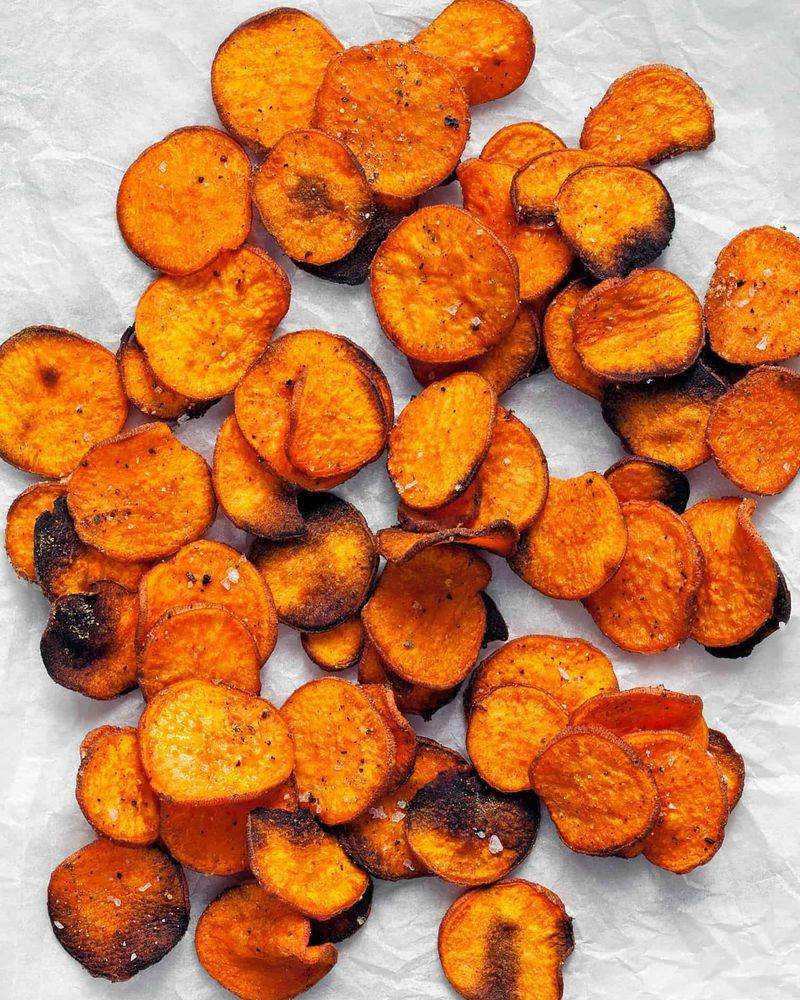

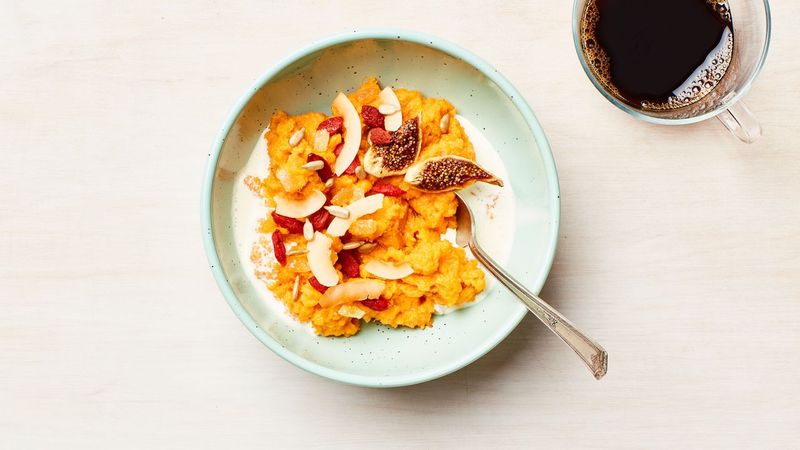

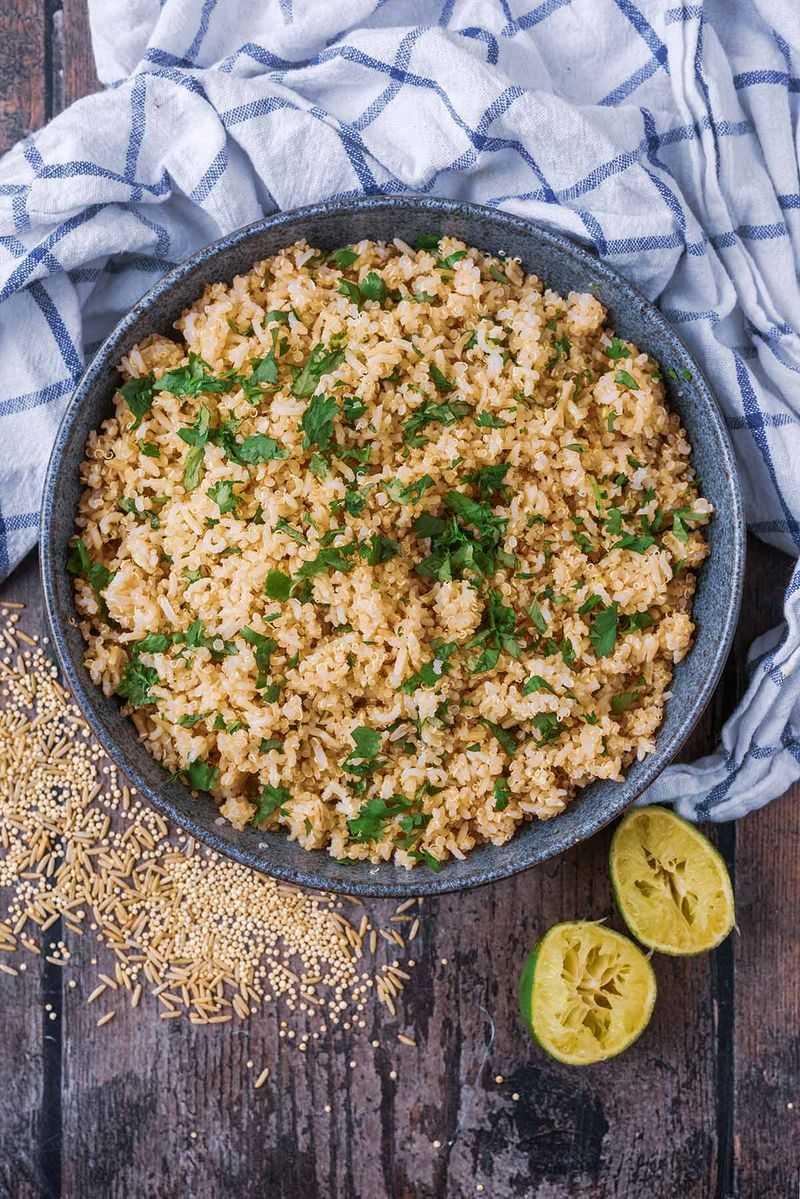
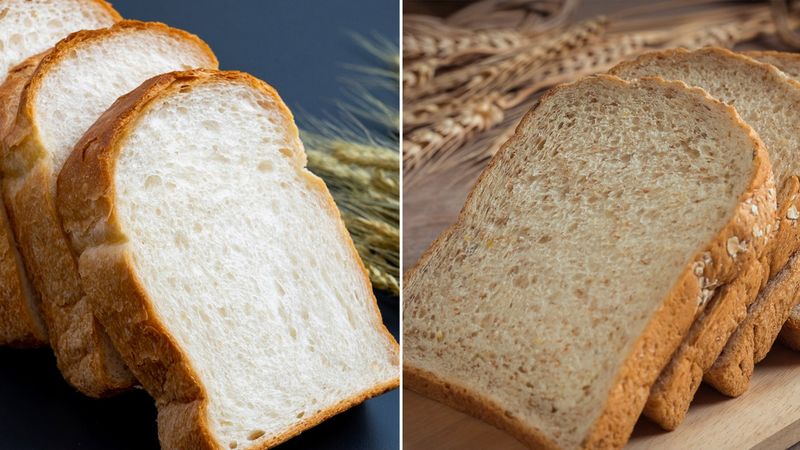
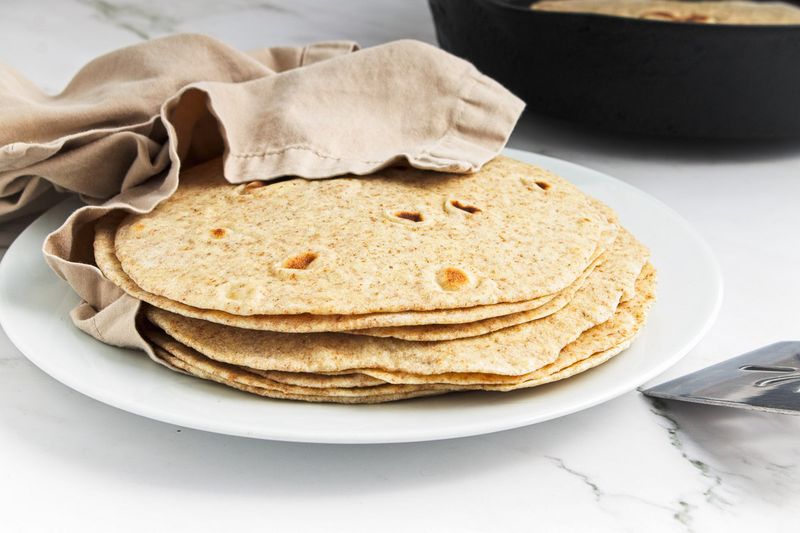
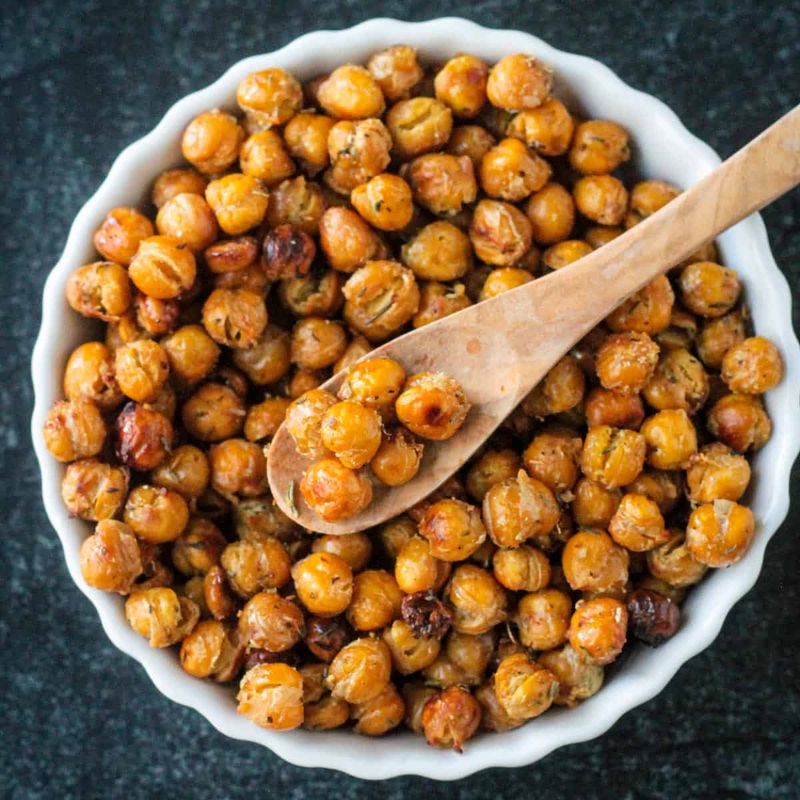
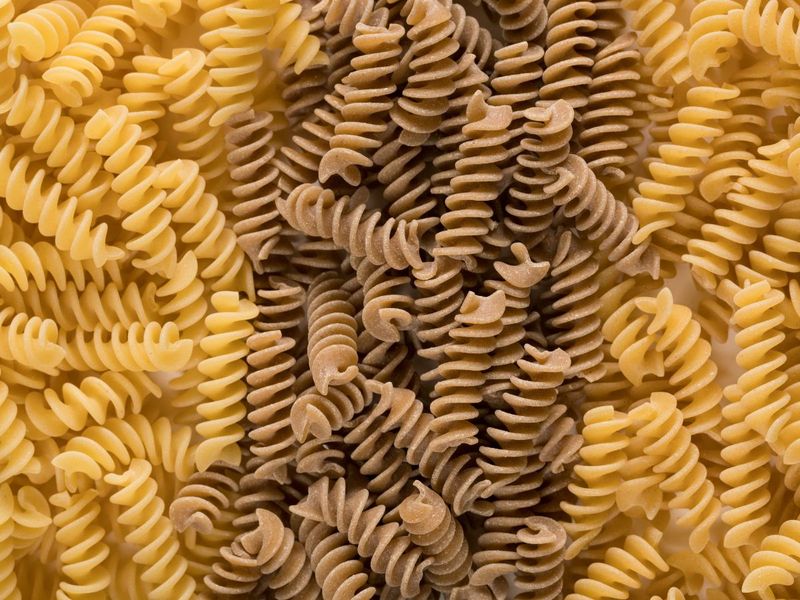
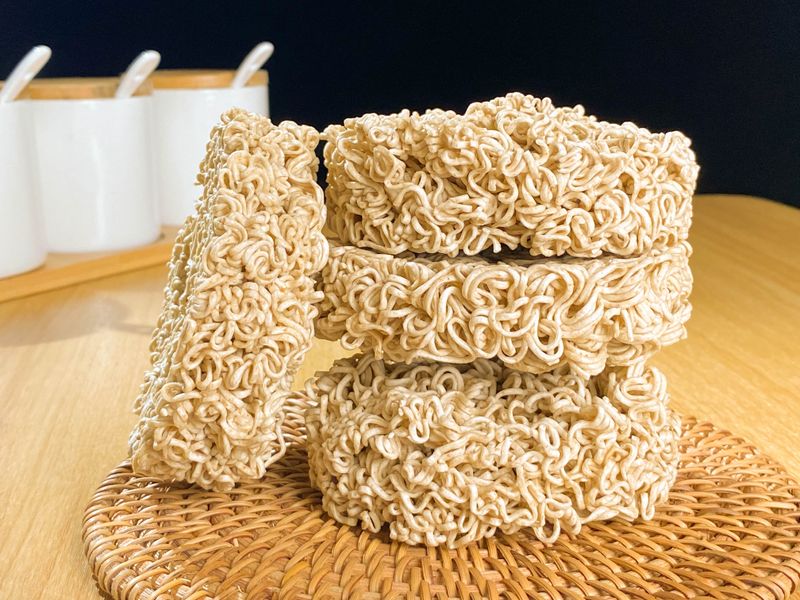
Leave a comment